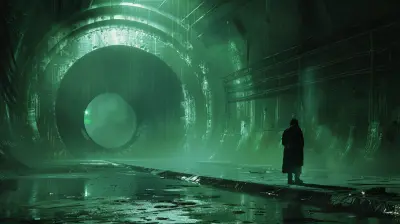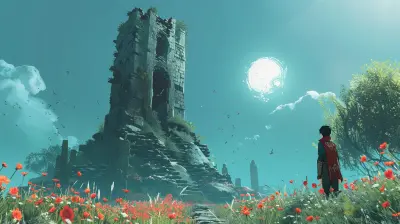Why Some Games Age Like Fine Wine
8 August 2025
Ever booted up an old game and instantly got hit by a wave of nostalgia—and somehow, it still looked, felt, and played great? Some games just don’t quit. They stick around, get better with time, and continue to pull in new players decades after release. It’s like they have some kind of digital magic that keeps them fresh no matter how old they get.
But why is that? Why do some games age gracefully while others feel dated faster than last year's meme? Let’s dive into why some games really do age like fine wine.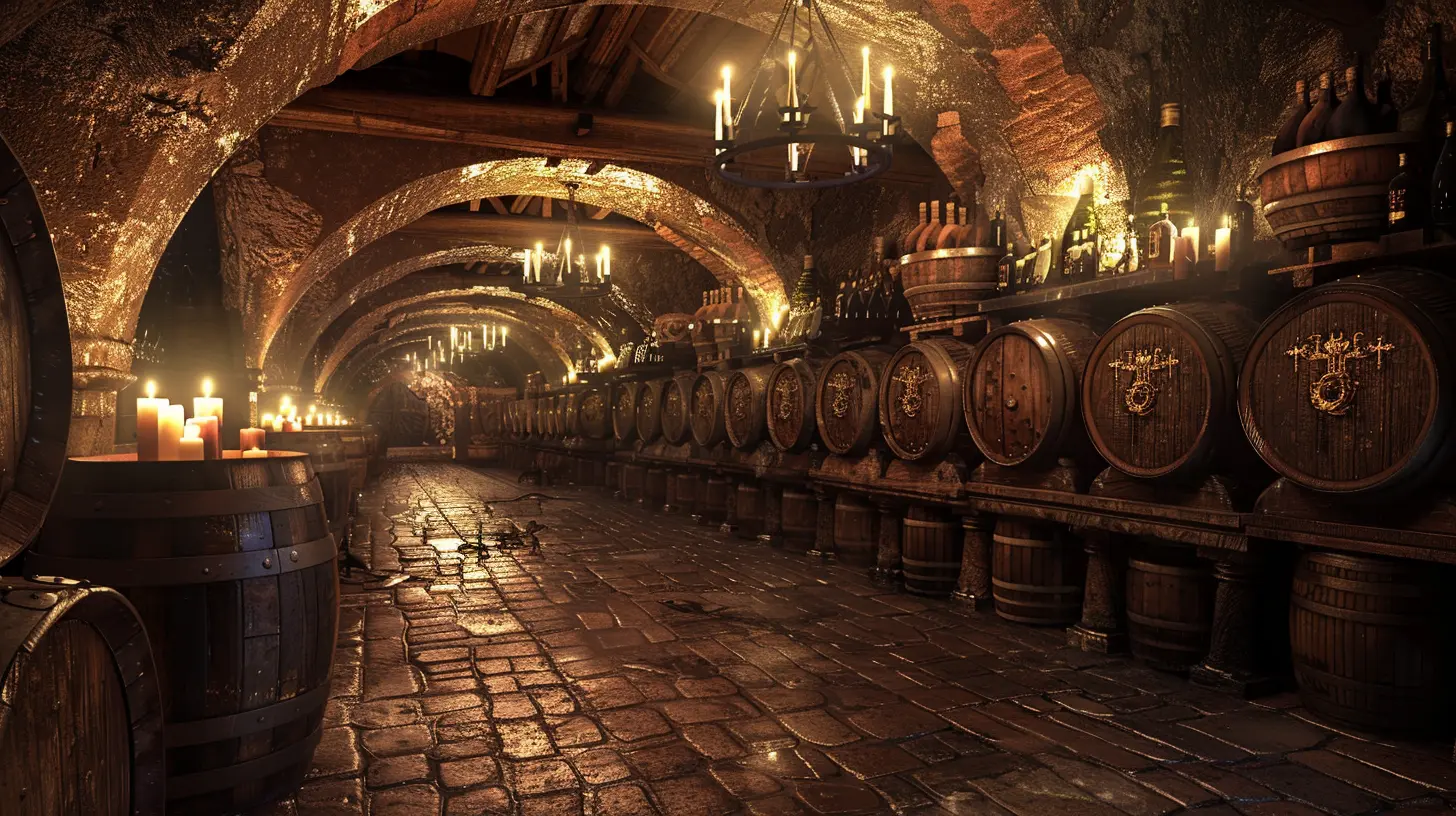
Timeless Game Design Never Goes Out of Style
Let’s start with the big one—game design. You know when a game just clicks? The mechanics are tight, the controls are intuitive, and everything feels intentional. That’s timeless design.Think Tetris, Super Mario Bros., or the original Doom. These games didn’t rely on gimmicks or flashy graphics. They focused on fun. Pure, unfiltered, addictive gameplay that’s still enjoyable today. That kind of design doesn’t get old; it becomes a blueprint.
Simplicity Is Key
Great old games often have simple mechanics with endless depth. Tetris? Rotate and drop blocks. Yet, the strategy, speed, and tension keep you hooked. Mario? Jump, run, stomp. That’s it. But somehow, no game ever quite matches its feel.These games aged so well because their core gameplay wasn’t tied to a particular era or trend. They’re easy to pick up and hard to master—something modern games sometimes forget in the pursuit of complexity.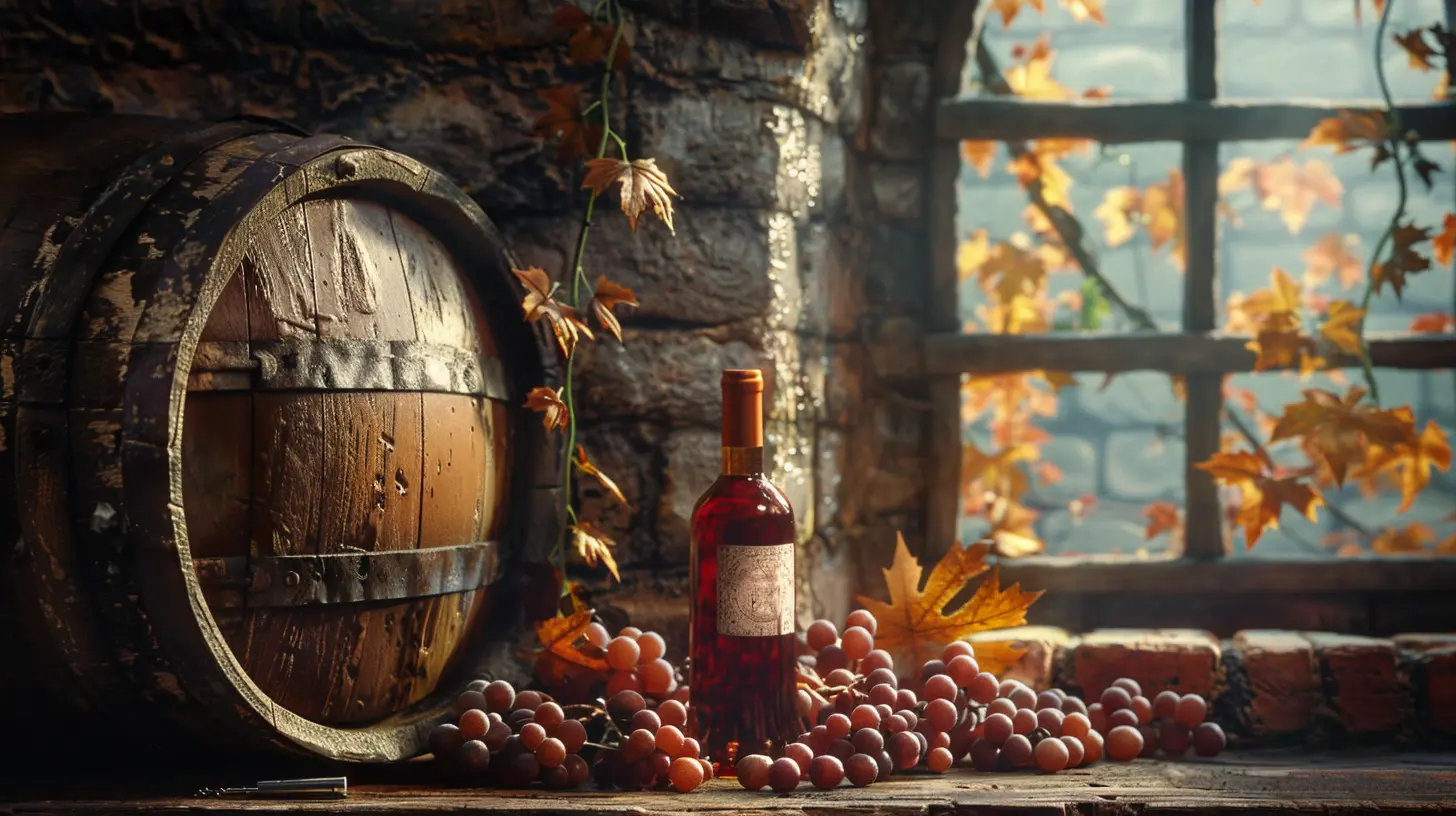
Pixel Art and Stylized Graphics Beat the Realism Race
Let’s talk visuals for a second. Have you noticed how some old games still look… kind of awesome? Not in a realistic way, but in a “this still has soul” kind of way?That’s because stylized art ages better than realism. Photorealistic graphics from the early 2000s? Yeah, they didn’t age so well. But games with bold aesthetics and unique visuals? They hold up like visual time capsules.
The Pixel Power
Take games like Chrono Trigger, The Legend of Zelda: A Link to the Past, or EarthBound. Their pixel art looks just as charming today as it did in the '90s. Some might even argue it looks better with age. It’s like vintage fashion—it becomes cooler over time.Modern Examples Playing the Long Game
Look at modern hits like Hollow Knight or Stardew Valley. They lean into stylized, intentional art, and guess what? They’re already looking timeless. Chances are, in 20 years, they’ll still be admired for their art direction.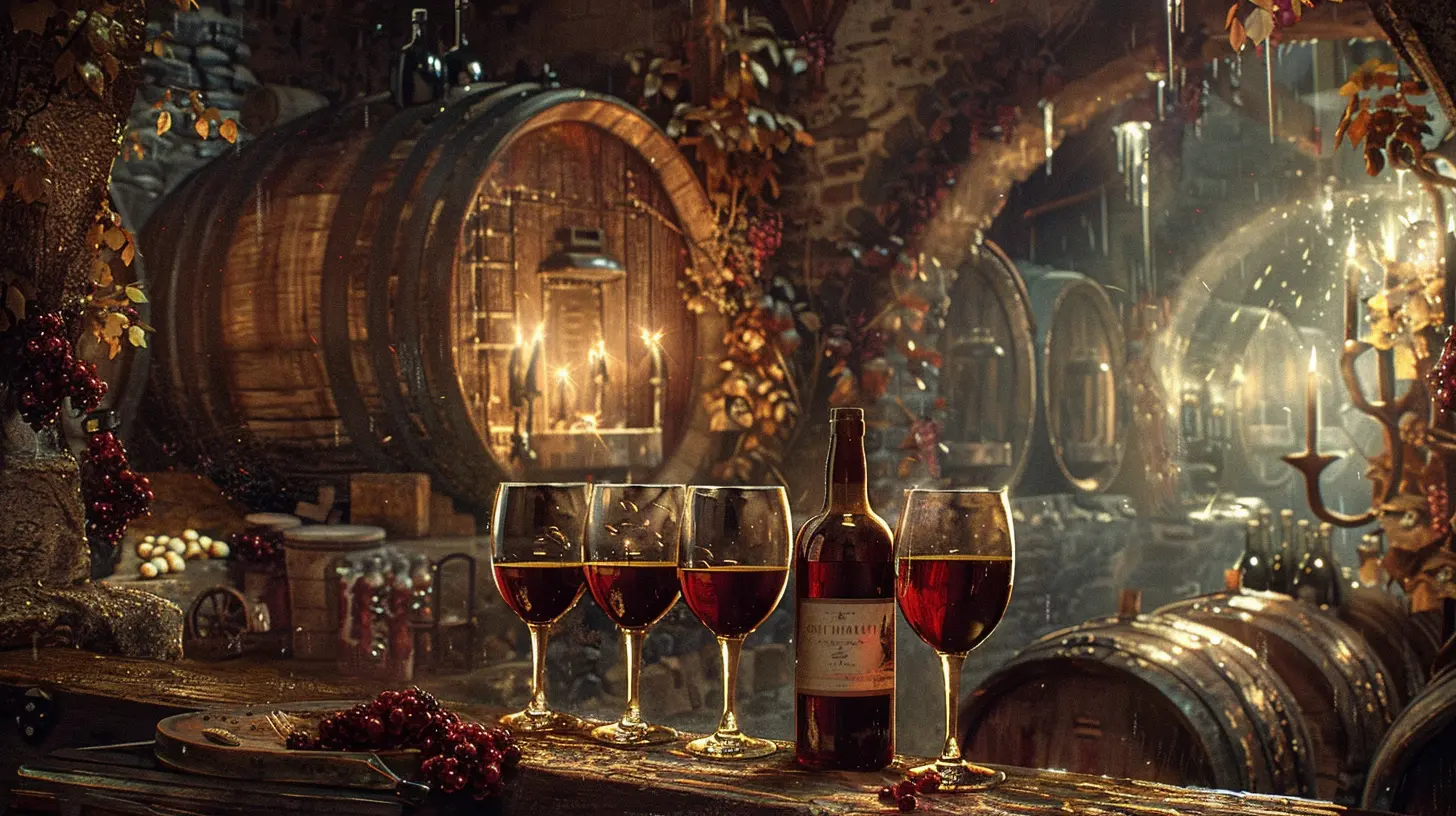
Stories That Stick With You
Ever finished a game and found yourself thinking about the ending days later? Or quoting lines from the dialogue years after playing? That’s the power of a great story.Aging gracefully isn't just about looks or mechanics. It’s also about emotional weight. Games that tell a compelling story, make you care about characters, or explore deep themes tend to stick around in our memory—and in gaming history.
Narrative Over Noise
Final Fantasy VII, The Legend of Zelda: Ocarina of Time, and Metal Gear Solid didn’t just offer gameplay—they delivered epic tales. These games built worlds and characters you cared about. They told stories that could rival movies and books.While the graphics may age, the emotional impact doesn’t. A strong narrative can carry a game way past its technological prime.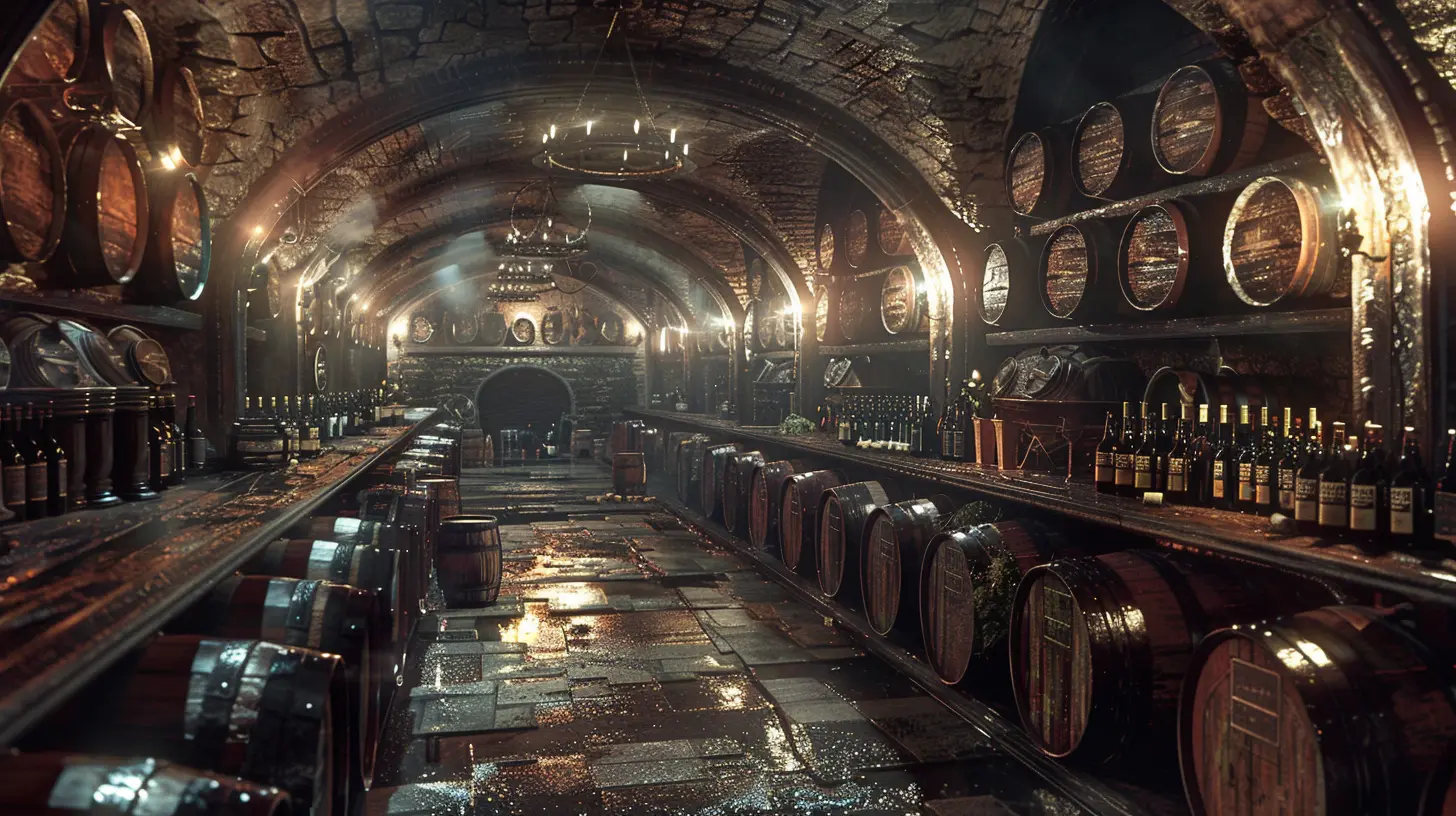
Soundtracks That Hit the Right Notes
Close your eyes and think of the Green Hill Zone theme from Sonic or the Gerudo Valley music from Ocarina of Time. You're hearing it in your head right now, aren’t you?Sound can make or break a game’s atmosphere. And just like a classic rock album, some game soundtracks only get better with age.
Music That Transcends Time
Iconic compositions from Nobuo Uematsu, Koji Kondo, or Yasunori Mitsuda are just as memorable as any film score. These musical masters created soundtracks that are still played, sampled, and reimagined today.The emotional connection music brings to a game helps cement it in our hearts. Great tunes never get old.
Nostalgia—The Secret Ingredient
Let’s be real—nostalgia plays a huge role. Games often become part of our personal stories. Whether it was the first game we played, the one we bonded over with friends, or the one that helped us through tough times, these memories give games extra staying power.It’s Personal
When you replay your childhood favorites, your brain’s lighting up like a Christmas tree. You’re not just reliving gameplay—you’re reliving who you were at that time. That emotional connection transforms a good game into a great one.But nostalgia alone doesn't make a game endure. It helps, but it needs to be paired with quality. A bad game won’t suddenly become amazing just because you played it as a kid. But a great game plus nostalgia? That combo’s unbeatable.
Modding and Community Support Keep Games Alive
Surprisingly, some games owe their longevity to their communities. Modding, custom content, and fan-made updates can keep a game fresh for decades.Mods Breathe New Life
Think of Half-Life, Skyrim, Minecraft, or even The Sims series. Players took these games and ran wild with them. New maps, stories, textures, entire gameplay overhauls—there's always something new to explore.The community becomes the lifeblood, keeping the game relevant far beyond its original lifespan. It's like giving an old car a new engine every few years.
Portability = Longevity
Another big reason games stick around? They’re everywhere. Classic games are constantly being re-released, remastered, or ported to new platforms.Easy Access Means More Players
When a game is available on modern systems, mobile devices, or digital stores, it's more likely to find new fans. You can play Final Fantasy VI on your phone. You can download Chrono Trigger on Steam. That keeps them alive and kicking.And when younger gamers get the chance to experience these classics, the legacy continues. That’s the gaming equivalent of passing the torch.
Strong Mechanics, Weak Tech
Funny how games with “dated” graphics and low-poly models can still feel more fun than some brand-new releases, huh?That’s because strong mechanics often trump cutting-edge tech. Smooth controls, tight feedback loops, and rewarding gameplay will always be in style.
Innovation Over Imitation
Old games were often trying something for the first time. Developers were experimenting, breaking ground, and pushing the limits of hardware. That kind of innovation creates a spark you can feel even decades later.Modern games sometimes feel… safe. Or bloated. But classic games? They were often bold and barebones—and that rawness is part of their charm.
Games That Invited Skill and Mastery
Let’s not forget how satisfying old-school challenge can be. Many beloved classics are tough as nails. They require practice, patience, and skill. And when you finally beat them? Oh man, it’s a rush.The “Just One More Try” Factor
Games like Mega Man, Castlevania, or Dark Souls (a modern classic, but built in that old-school mold) demand mastery. They’re fair but punishing. And that makes victory feel earned.These games teach you how to play them. You grow right alongside your character. And once you’re good, that skill stays with you. That’s something that never gets old.
Conclusion: Some Games Are Built to Last
At the end of the day, games that age like fine wine do so because they’re built on solid foundations—timeless gameplay, unique art styles, unforgettable stories, and strong communities. They respect the player’s time, intelligence, and emotional investment.Sure, technology moves fast. New consoles, flashier graphics, and online features are exciting—but none of that guarantees a game will endure. What does? Craftsmanship. Depth. Passion.
Some games don’t just age well—they get better with time, like a vintage bottle of your favorite red.
So fire up that old console or emulator. Revisit the classics. Introduce them to someone new. Because some games truly deserve their legendary status.
all images in this post were generated using AI tools
Category:
Game Reviews ArchiveAuthor:

Madeleine McCaffrey
Discussion
rate this article
2 comments
Daniel Palmer
Some games age; others just spoil!
November 18, 2025 at 5:05 AM
Zinna Ellison
Absolutely loved this article! It perfectly captures how timeless game design and nostalgia create lasting joy. Cheers to classic gaming! 🎮✨
August 9, 2025 at 3:04 AM

Madeleine McCaffrey
Thank you so much! I’m thrilled to hear you enjoyed it. Cheers to the timeless magic of gaming! 🎮✨
